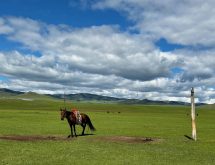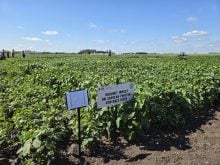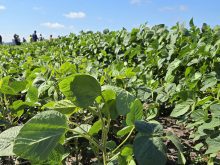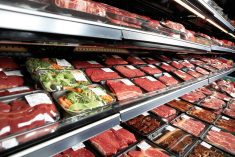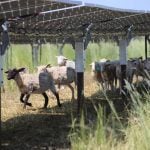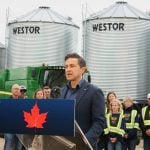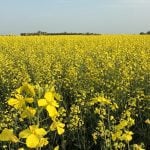GLENLEA, Man. – Starkly different farmer views are emerging about whether the recently announced federal hog aid programs will save the industry.
While national and provincial pork industry leaders have generally praised the loan and mothballing programs, producers in the Red River Valley’s weanling industry see nothing to stop their freefall into economic oblivion.
“This is just a bureaucratic nightmare,” said an anxious Orville Doerksen, who farms near Steinbach, Man., and is considering shutting down his barns.
“I was hoping there would be a per sow number so a guy could go and do something with it. Now we don’t know what we’re going to do. There’s nothing quick coming out of this.”
Read Also
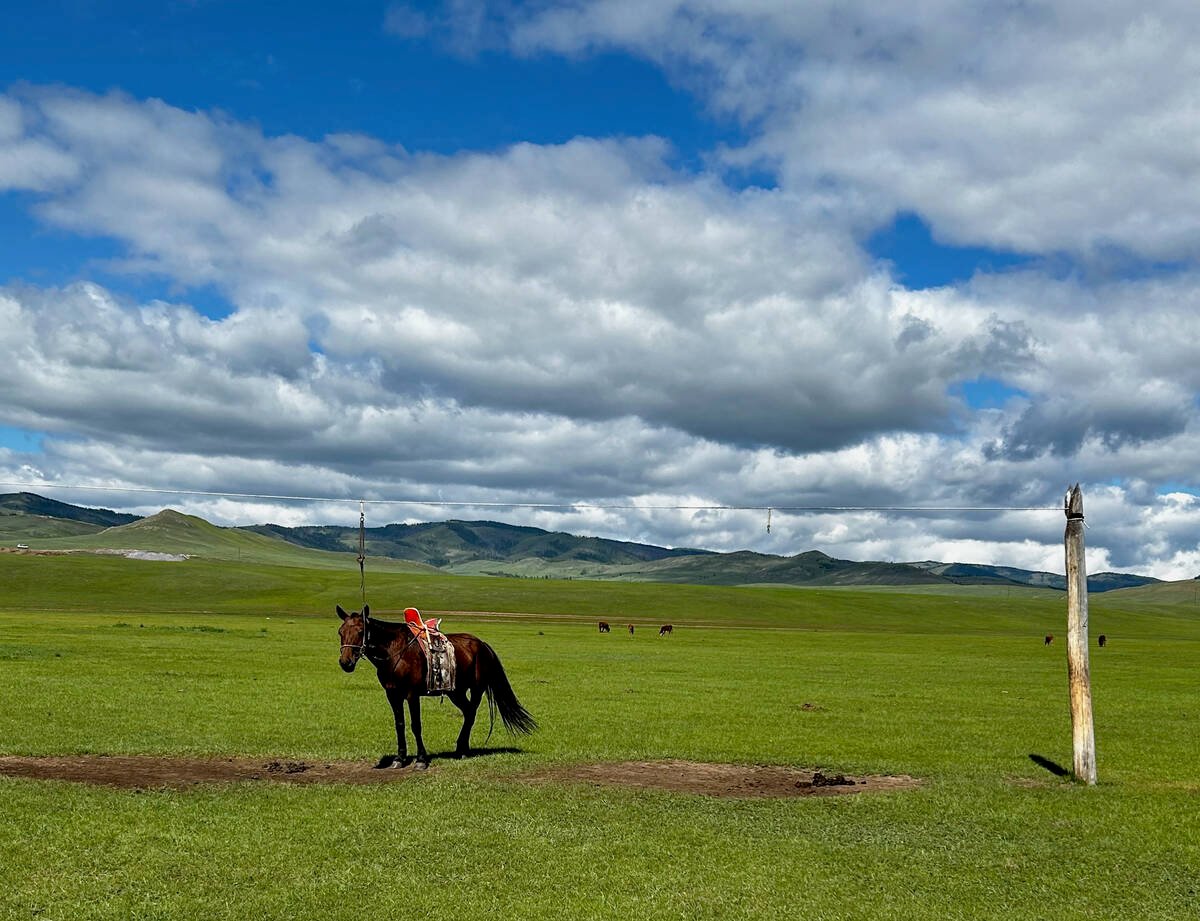
University of Saskatchewan experts helping ‘herders’ in Mongolia
The Canadian government and the University of Saskatchewan are part of a $10 million project trying to help Mongolian farmers modernize their practices.
Doerksen lost almost his entire market with the imposition of country-of-origin labelling in the United States and can’t easily reconfigure his farm to serve the Canadian market. There just aren’t enough feeder barns in southern Manitoba to absorb all the hundreds of thousands of piglets that formerly went south from the region.
However, Bryan Ferriss of Swan Valley, Man., said the programs are a lifeline for farmers who want to keep operating, and a paid funeral for those who want to kill them.
“I think the minister’s announcement was very good,” said Ferriss, who farms in northwestern Manitoba and is only indirectly connected to the U.S. market. “It’s not a panacea, but we knew that.”
For Ferriss, the two programs will buy the hog industry the time it needs to rebuild itself so that it is independent of the U.S. market.
Farmers are facing a cyclical downturn in prices that is lasting one year longer than expected, are grappling with a high Canadian dollar and are facing problems because of public perception of the H1N1 virus. Allowing farmers to convert short-term debts into long-term loans will tide them over until profitability returns, he said.
“Those short-term debts are what is putting the pressure on the current side of the balance sheet and terming that out over a 10 year period will alleviate the cash flow,” Ferriss said.
Ontario Pork has also praised the programs for offering some farmers the ability to restructure and others a way to get out.
“These three programs provide options and choices for producers and ultimately will help right-size the industry,” said Ontario Pork spokesperson Curtiss Littlejohn in a statement.
Saskatchewan’s hog industry had a similar reaction.
“The industry is quite pleased with these programs,” said Sask Pork chair Joe Kleinsasser, who noted their close resemblance to the industry’s requests for aid.
“It was a program we asked for from the government and the provincial organizations had a lot of input.”
Kleinsasser said the federal government rejected the first request for non-loan aid over fears of trade retaliation, but this set of programs is what the industry came up with as a Plan B.
The stark difference between Red River Valley farmers and those in the rest of the country appears to be because of weanling producers’ dramatic loss of market access. For other farmers, the crisis is mainly one of low prices and struggles with debt.
For many barns in southeastern Manitoba, the situation is one of no money and no way to pay debt.
Many barns in southern Manitoba have gone out of operation, with sows shipped and piglets euthanized. Producers say the price for a Manitoba weanling is $1, if a buyer can be found.
Doerksen faces the excruciating choice of either trying to keep operating with no end in sight to the crisis for weanling producers, or quitting.
“We were hoping the exiting plan would be simpler,” Doerksen said.
“We have to go home and find out more details. We don’t know what this negotiated exit means.”
If he does shut down his 1,600 farrow to wean operation, he will then have to decide what to do with the animals. The sows can be shipped, but the piglets may have to be euthanized.
“I couldn’t do it myself,” said Doerksen, looking distressed.
“This is terrible.”



